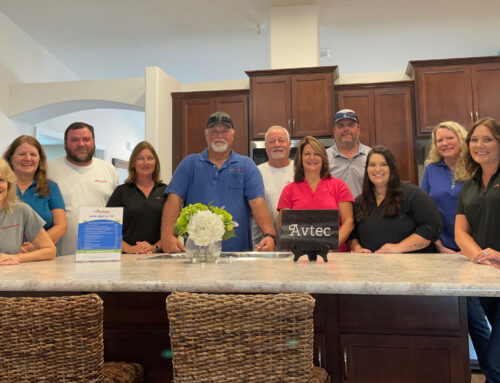Did you know that over 25% of U.S. households have a clutter problem? Rest assured, collecting different things, and living amid some clutter doesn’t automatically mean that you’re a hoarder. Disorganization is usually the primary cause of clutter. Whereas, hoarding is the result of keeping an excessive amount of items regardless of their sentimental or monetary value.
First things first, the location of the clutter should be considered. If it’s not limited to specific storage areas, like the basement, garage, attic, etc., and it’s preventing you from using the living spaces of your home, then here’s some advice from professional organizers:
Take some photos
You may be looking right past most of the clutter in your home and have even learned to live with it. The best way to gain another perspective of how bad it might be is by snapping a few pictures to see what areas need more organization.
Determine what you truly need
A majority of people only use 20% of their belongings. It doesn’t mean you have to dispose of the other 80% of your stuff. However, there are likely a few excess items that are cluttering your home that you no longer need. An effective technique is to arrange items according to how frequently they are used in your household on a daily basis. Regularly used items should remain easy to access. Consider donating items that you haven’t used in over a year to a local nonprofit.
Manage your paper trail
Receiving mail used to be an enjoyable experience, but unsolicited junk mail ruined it. From credit card offers to insurance ads, the average American household receives over 800 hundred pieces of junk mail every year. So, one of the best ways to reduce this type of clutter in your home is to opt-out of receiving it in the first place at www.optoutprescreen.com.
Sort items in an organized manner
Designate a staging area where it’s easier to view duplicate items and contemplate things you might not need in the future. Put away items in clearly labeled containers.
Locate and eliminate clutter hotspots
Flat surfaces and kitchen counters seem to be magnets for clutter in many households. Focus on making them no-dumping zones. You can do this routinely clearing them before going to bed or transform them into clutter-free zones. You can enforce clutter-free zones by placing household plants in places where items are known to pile up.
If you are feeling overwhelmed, start small and tackle one shelf or one drawer at a time. Taking these small steps will eventually lead to a big transformation in your clutter!






